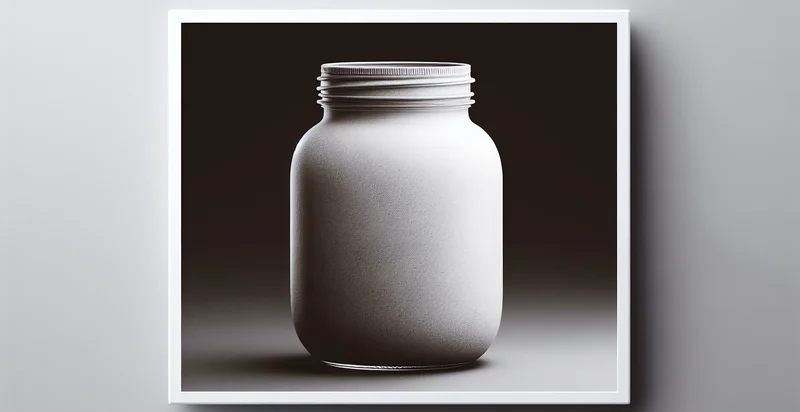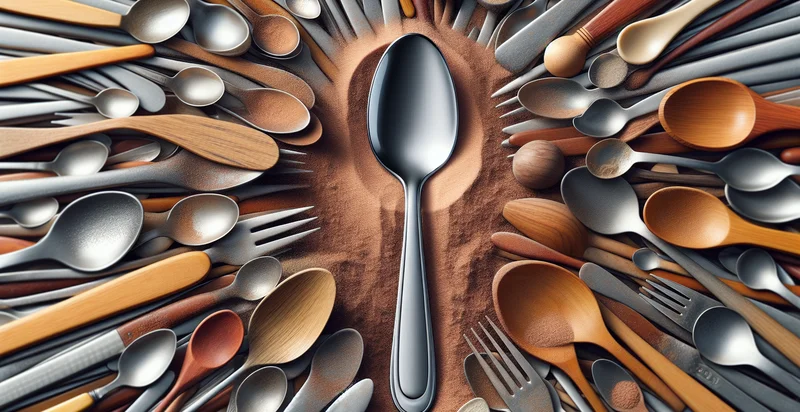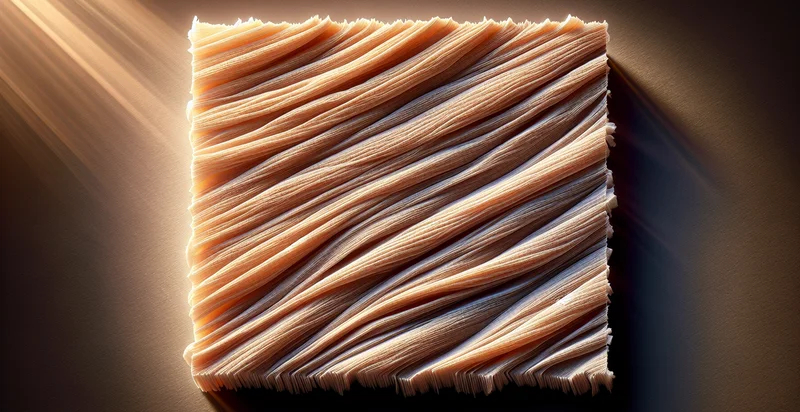Identify what material a jar is made from
using AI
Below is a free classifier to identify what material a jar is made from. Just upload your image, and our AI will predict what material a jar is made from - in just seconds.

Contact us for API access
Or, use Nyckel to build highly-accurate custom classifiers in just minutes. No PhD required.
Get started
import nyckel
credentials = nyckel.Credentials("YOUR_CLIENT_ID", "YOUR_CLIENT_SECRET")
nyckel.invoke("what-material-a-jar-is-made-from", "your_image_url", credentials)
fetch('https://www.nyckel.com/v1/functions/what-material-a-jar-is-made-from/invoke', {
method: 'POST',
headers: {
'Authorization': 'Bearer ' + 'YOUR_BEARER_TOKEN',
'Content-Type': 'application/json',
},
body: JSON.stringify(
{"data": "your_image_url"}
)
})
.then(response => response.json())
.then(data => console.log(data));
curl -X POST \
-H "Content-Type: application/json" \
-H "Authorization: Bearer YOUR_BEARER_TOKEN" \
-d '{"data": "your_image_url"}' \
https://www.nyckel.com/v1/functions/what-material-a-jar-is-made-from/invoke
How this classifier works
To start, upload your image. Our AI tool will then predict what material a jar is made from.
This pretrained image model uses a Nyckel-created dataset and has 18 labels, including Acrylic, Aluminum, Bamboo, Ceramic, Clay, Compostable, Crystal, Glass, Metal and Paper.
We'll also show a confidence score (the higher the number, the more confident the AI model is around what material a jar is made from).
Whether you're just curious or building what material a jar is made from detection into your application, we hope our classifier proves helpful.
Related Classifiers
Need to identify what material a jar is made from at scale?
Get API or Zapier access to this classifier for free. It's perfect for:
- Quality Control in Manufacturing: This function can be integrated into manufacturing lines to automatically assess the material of jars. By confirming the correct material, manufacturers can reduce defects and ensure the right quality standards are met, enhancing overall production efficiency.
- Recycling Stream Optimization: Waste management companies can utilize this identifier to sort recyclable jars based on their materials. By accurately identifying materials, the recycling process can be streamlined, leading to improved recycling rates and reduced contamination.
- Food Safety Compliance: Food packaging companies can use this function to verify that jars are made from food-safe materials. Ensuring compliance with safety regulations not only protects consumers but also helps businesses avoid costly recalls and legal issues related to non-compliance.
- Supply Chain Transparency: Retailers and manufacturers can leverage this technology to provide transparency in their supply chains. By identifying jar materials, companies can assure consumers about sustainability practices and ethical sourcing, thus enhancing brand trust and loyalty.
- Application in E-commerce: Online retailers can implement this image classification function to enhance product descriptions. Accurate identification of jar materials will provide consumers with detailed specifications, helping them make informed purchasing decisions and reducing return rates.
- Artisan Crafting and Customization: Craft makers can utilize this function to identify the materials of jars they plan to repurpose or decorate. Understanding the material composition aids in designing effective customization processes and selecting the right adhesives or paints.
- Art and Museum Curation: Curators can use this tool to categorize and label jars made from different materials in exhibitions. By accurately identifying the material, they can provide educational insights to visitors and enhance the overall educational value of displays.


